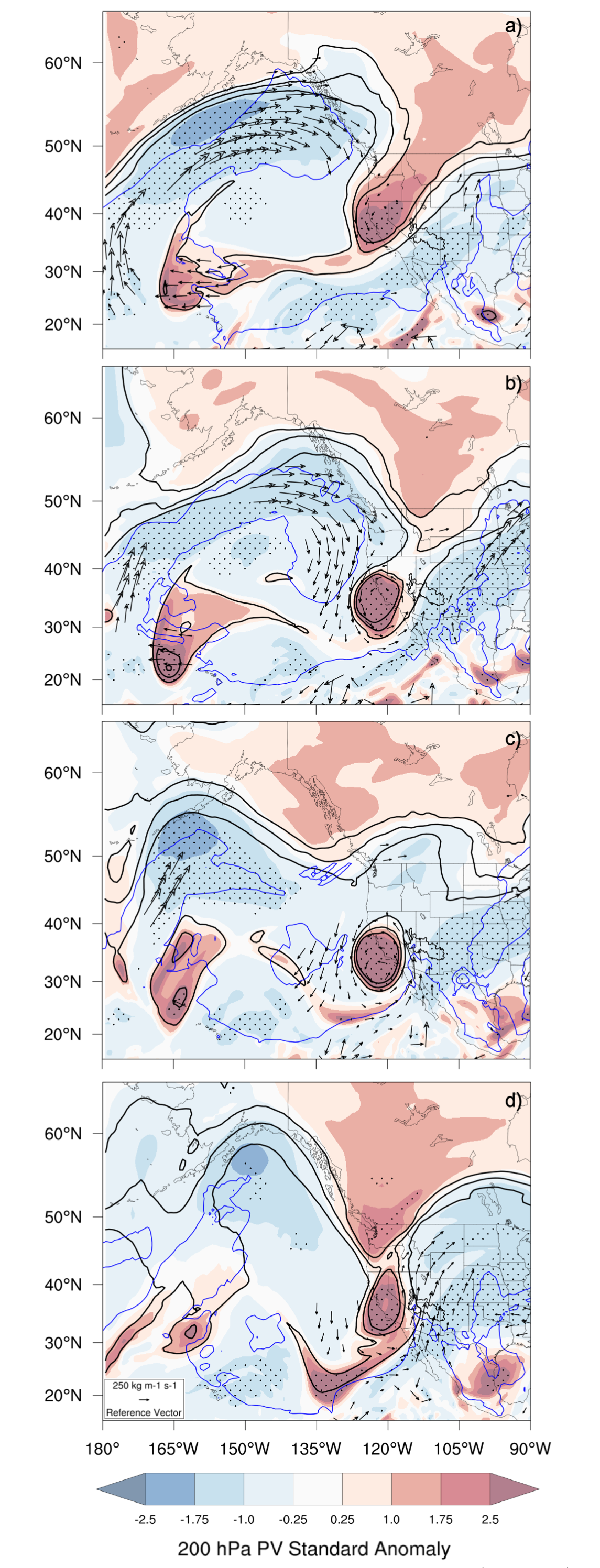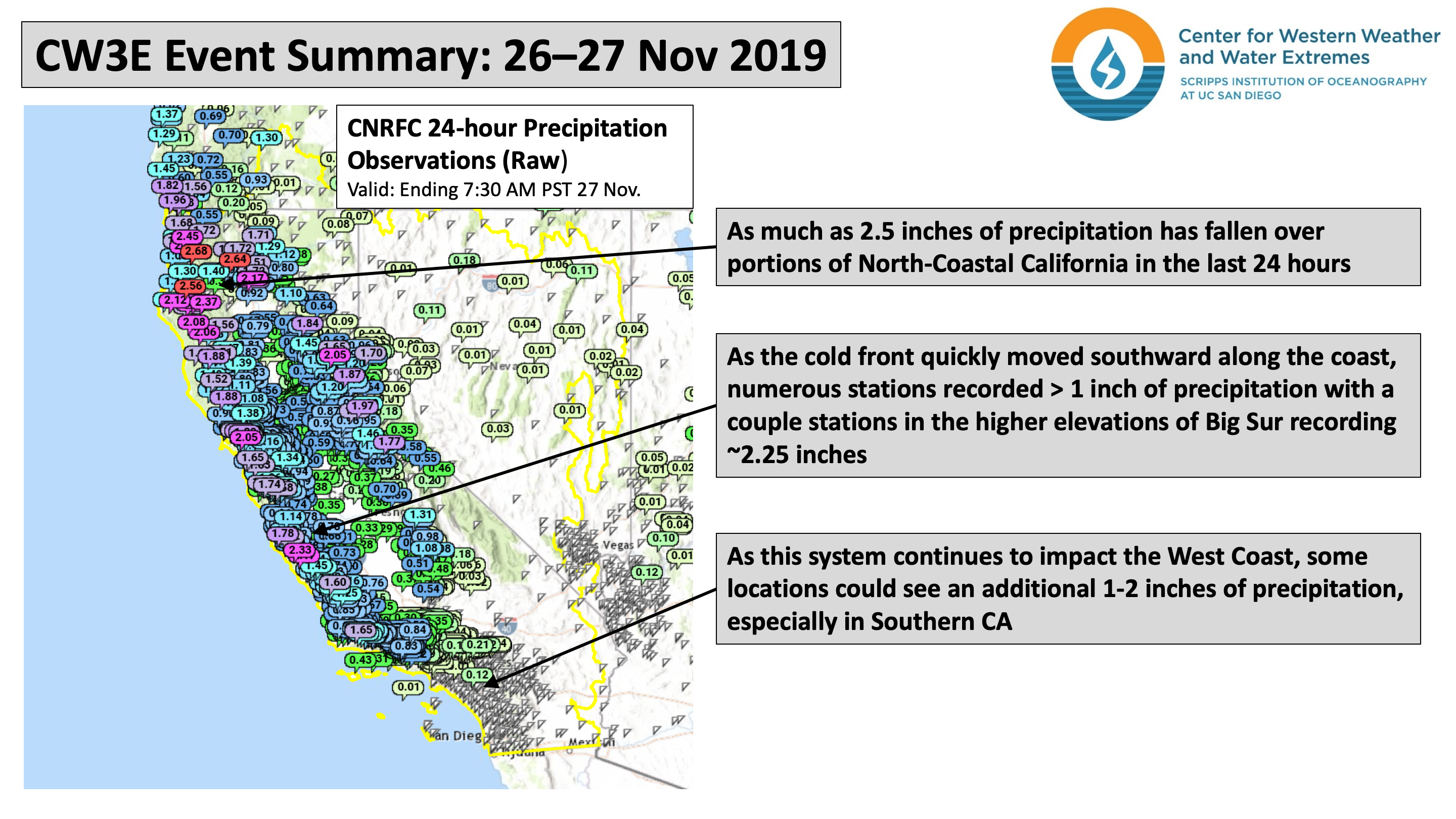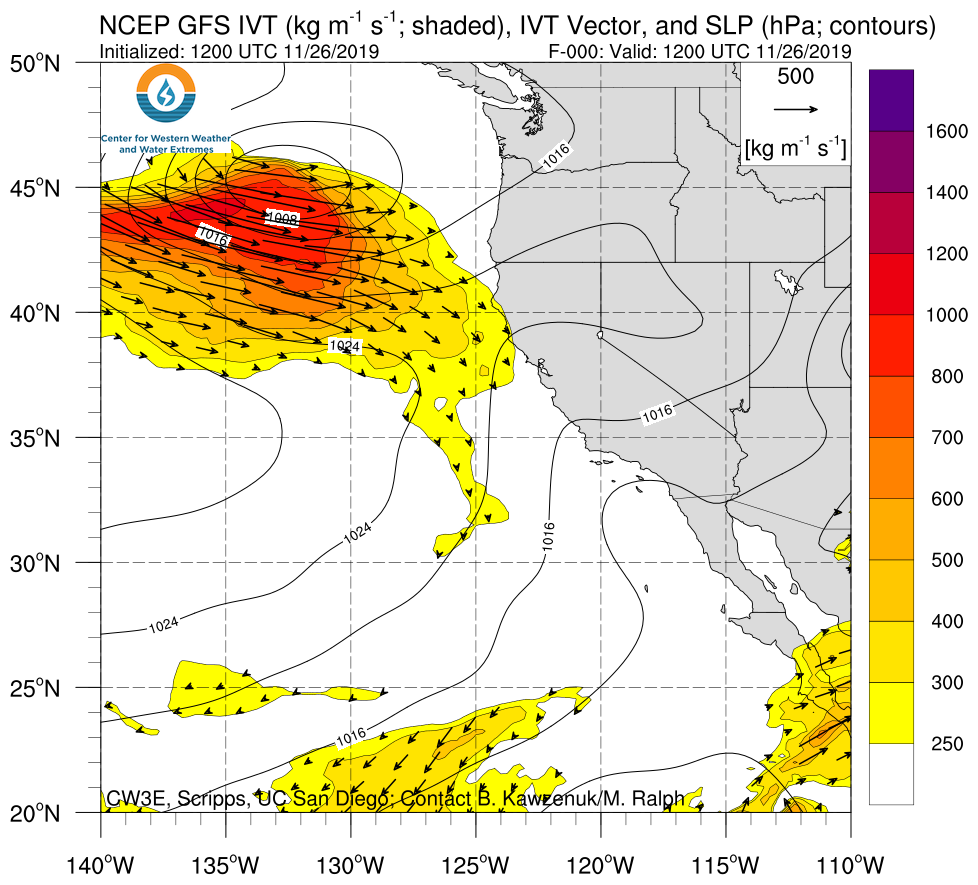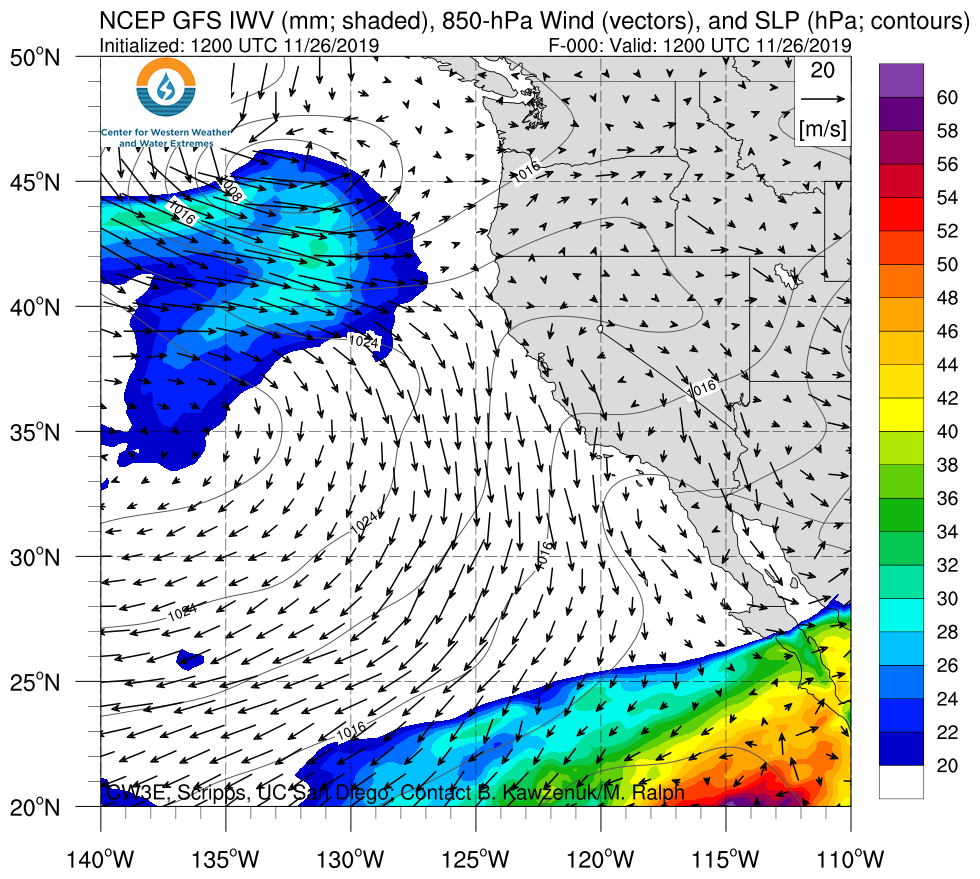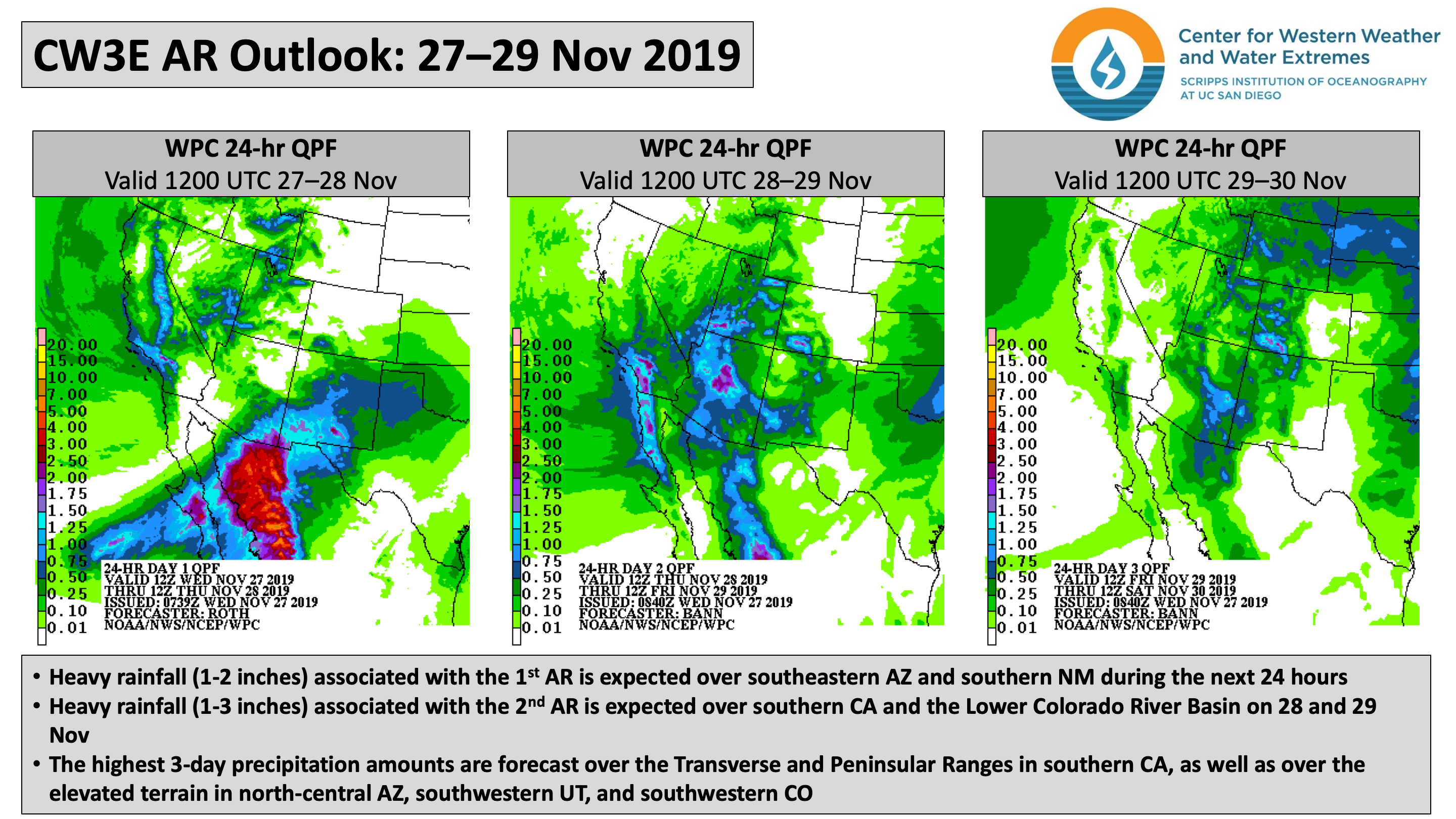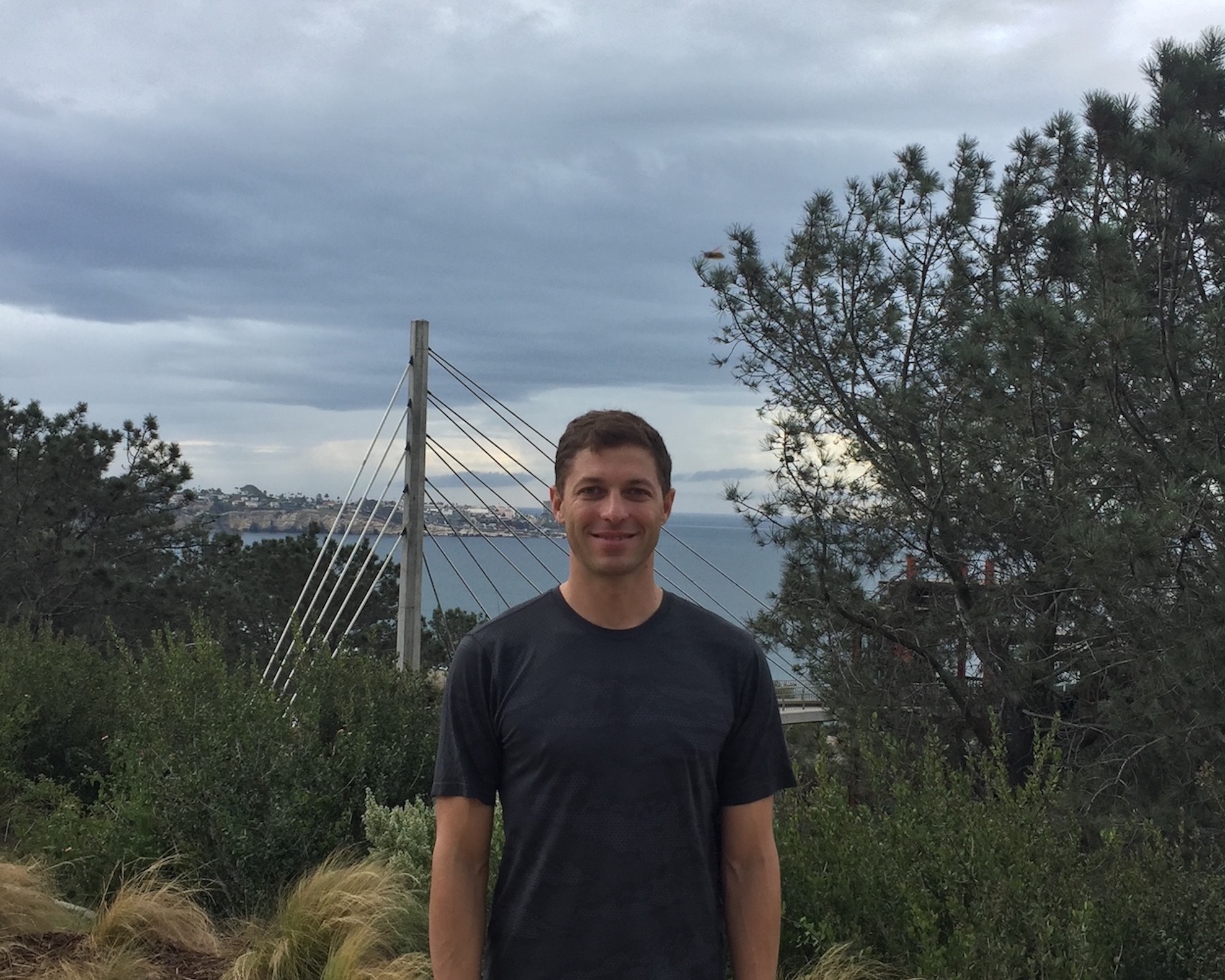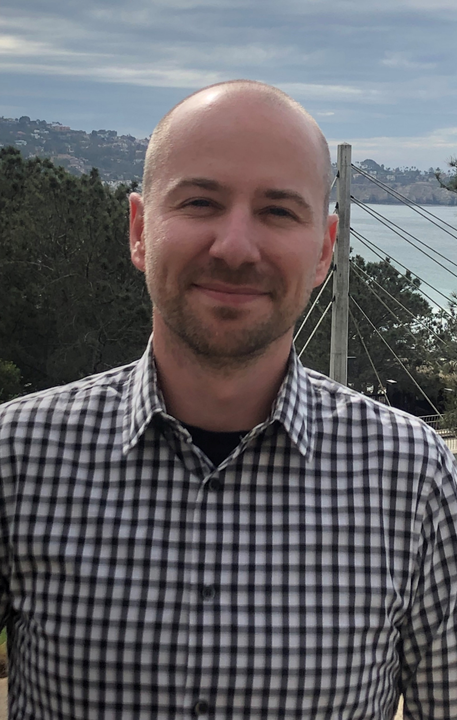CW3E Publication Notice
Characteristics, Origins, and Impacts of Extreme Summertime Precipitation in the Lake Mead Watershed
December 2, 2019
CW3E graduate student Mike Sierks, along with co-authors Julie Kalansky, Forest Cannon, and Marty Ralph, published a paper in Journal of Climate entitled, “Characteristics, Origins, and Impacts of Extreme Summertime Precipitation in the Lake Mead Watershed.” This research is part of CW3E’s efforts to better understand the origins of extreme precipitation events in the Western U.S.. It extends CW3E’s efforts on the Southwest Monsoon from Southeast Arizona, which was the focus of an earlier paper (Ralph and Galarneau 2017), to the Northern Arizona region. This improved understanding has the potential to enable better predictions of extreme monsoon precipitation and has applications to flood risk management and water supply.
The North American Monsoon (NAM) is the main driver of summertime climate variability in the American southwest. Previous studies of the NAM have primarily focused on the Tier I region of the North American Monsoon Experiment (NAME), spanning central-western Mexico, southern Arizona and New Mexico. This manuscript, however, presents a climatological characterization of summertime precipitation, defined as July, August, and September (JAS), in the Lake Mead watershed, located in the NAME Tier II region. Spatiotemporal variability of JAS rainfall is examined from 1981-2016 using gridded precipitation data and the meteorological mechanisms that account for this variability are investigated using reanalyses. The importance of the number of wet days (24-hr rainfall ≥1 mm) and extreme rainfall events (95th percentile of wet days) to the total JAS precipitation are examined and show extreme events playing a larger role in the west and central basin.
An investigation into the dynamical drivers of extreme rainfall events indicates that anticyclonic Rossby wave breaking (RWB) in the midlatitude westerlies over the US west coast is associated with 89% of precipitation events >10 mm (98th percentile of wet days) over the Lake Mead basin. This is in contrast to the NAME Tier I region where easterly upper-level disturbances such as inverted troughs are the dominant driver of extreme precipitation. Due to the synoptic nature of RWB events, corresponding impacts and hazards extend beyond the Lake Mead watershed and are relevant for the greater U.S. southwest.
Figure 1 demonstrates the upper-level synoptic environment associated with a RWB event associated with extreme precipitation and high impact weather across the southwestern US in September 2007.
Figure 1: Composite fields for combined ‘canonical’ and ‘TC tapping’ RWB cases (n=16) in the combined Lake Mead watershed on day of extreme precipitation for (a) 200-hPa potential vorticity standardized anomaly (shaded), 200-hPa potential vorticity (black contours, shaded every 2 PVU starting at 2 PVU), and (b) 500-hPa geopotential height standardized anomaly (shaded), 500-hPa geopotential height (black contours, shaded every 50 m starting at 5850 m). IVT vectors significant at the 95th percentile are shown. Stippling indicates statistical significance of standard anomaly field at the 95th percentile. The Lake Mead watershed is outlined in a thin black line.
Figure 2 contrasts the idealized synoptic set-ups for the primary drivers of extreme precipitation for the Lake Mead watershed (RWB and Inverted Trough (IV)) during the summertime.
Figure 2: Idealized synoptic set-ups for primary drivers of extreme precipitation in the Lake Mead watershed, (a) RWB (b) IV (adapted from Pytlak et al., 2005), and their corresponding characteristic meteorology. The fraction of extreme events for the entire Lake Mead watershed associated with each regime is denoted above each panel. The Lake Mead watershed is outlined in a thin black line.
Sierks, M.D., J. Kalansky, F. Cannon, and F. Ralph, 2019: Characteristics, Origins, and Impacts of Summertime Extreme Precipitation in the Lake Mead Watershed. J. Climate, 0, https://doi.org/10.1175/JCLI-D-19-0387.1.

